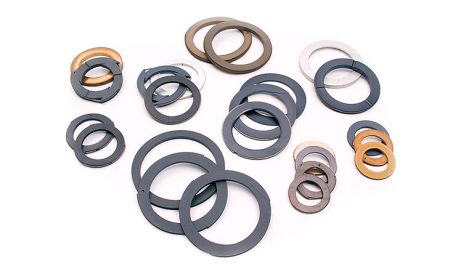As per the World Bank, Within the next ten years, two-thirds of the world’s population is expected to begin living in cities. The younger generation and professionals are attempting to keep up with the hectic lifestyles and rising urbanization, therefore they favor frozen foods and ready-to-eat items since they need less preparation time. The sales of conventional food products will be influenced by this trend going forward.
Therefore, the global fruit and vegetable processing equipment market is on the track to reaching $10.2 billion value by 2030, advancing at a 6.9% CAGR from 2021 to 2030. This is owing to the growing world population, and changing eating habits owing to the increasing spending power toward expensive products.
According to the UN, the population of the globe is set to rise by 2 billion people over the next 30 years, from 7.7 billion to 9.7 billion, with a potential high of approximately 11 billion people around 2100. Moreover, as more people choose a plant-based diet and veganism grows in popularity each year, it has recently reached new heights. As a result, there is an increase in demand for fruit and vegetable processing equipment. This equipment includes: –
Pre-Processing Equipment
Pre-processing equipment completes the full cleaning process in a very little amount of time without compromising product quality or cleanliness. Additionally, it successfully removes pesticides as well as other crop protection chemicals used by farmers. Additionally, more automated equipment is being released on the market, which lowers output costs and times.
Filler Equipment
Packaging is done with filler equipment, mostly for food and beverage but also for other items. Depending on the product, they are also used to fill either a pouch or a bottle. The packing business uses a variety of filler equipment types.
The model of food or beverage filling equipment to be used is typically decided by the product to be filled, the required filling speed, the expected product quality and shelf life, the availability of resources, the viability of the technology, and several other factors.
Peeler Equipment
Scrubbing, high peeling, and washing of fruits and vegetables, including potatoes, apples, tomatoes, and other seasonal crops, are performed by food processing peelers. Some varieties include stand-alone raw peelers or after-steam peelers. Industrial food processing facilities employ peelers to prepare vegetables, fruits, French fries, soups, sauces, and wine.
These peeling systems are crucial for the food and beverage industries because they allow for the removal of potentially dangerous chemicals from product skins before further food processing begins on raw items.
Washing Equipment
The machine for washing vegetables could clean pickles, pepper, fruits, and root vegetables such as yams, carrots, potatoes, onions, ginger, cassava, sweet potatoes, and radish stems (apple, pear, kiwi fruit). Additionally, it could wash delicate goods (shrimp and fish). It has a rapid washing cycle that runs continuously and without interruption, as well as a safe and sanitary washing function. This vegetable washer might be used at a restaurant, a facility for processing vegetables, or in the main kitchen.





